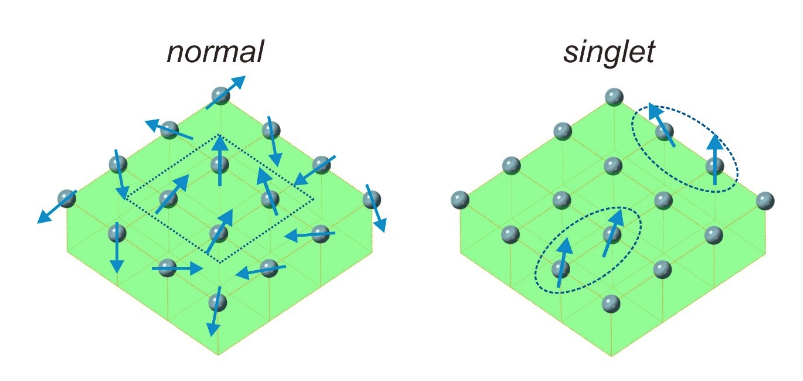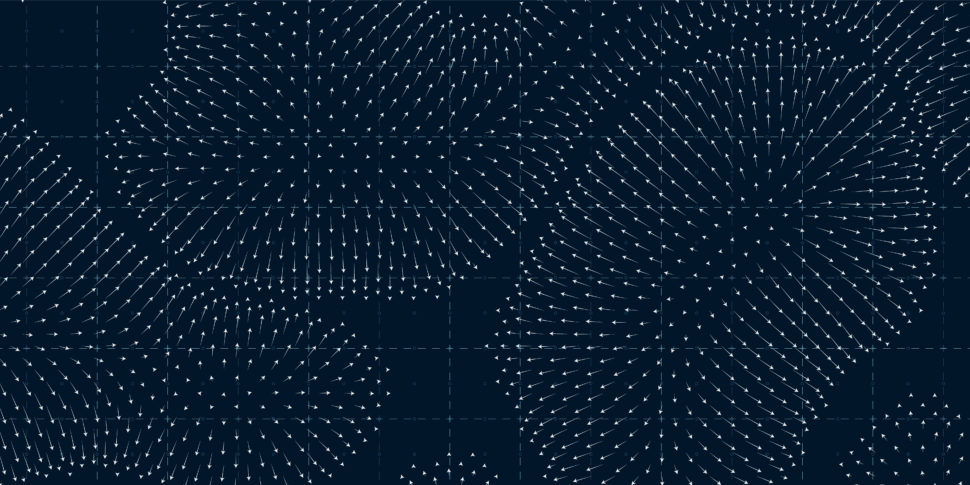Researchers from New York University have discovered a new type of magnet that could potentially improve data storage technology. Called a single-based magnet, it differs from conventional magnets in the way it produces its magnetic field.
A single-based magnet creates magnetic fields that pop in and out of existence as opposed to the small magnetic constituents present in traditional magnets. The phenomenon results in an unstable force that the researchers believe could be more flexible than conventional magnets today.
“There’s a great deal of research these days into the use of magnets and magnetism to improve data storage technologies,” Andrew Wray, leader of the research team and an assistant professor at New York University, explained.
“Singlet-based magnets should have a more sudden transition between magnetic and non-magnetic phases. You don’t need to do as much to get the material to flip between non-magnetic and strongly magnetic states, which could be beneficial for power consumption and switching speed inside a computer.”

A New Type of Magnet
According to Wray, there’s also a big difference in how the new type of magnet couples with electric currents. Instead of passing through the unstable magnetic force the material creates, the electrons interact strongly with them.
This characteristic could help with performance bottlenecks, allowing better management and control of information stored magnetically.
For the past 50 years, scientists have searched for a material that lacks magnetic moments and still functions as a magnet. Wray and his team sought to uncover this phenomenon, leading to the discovery of the single-based magnet.
Using a variety of processes which include neutron scattering, X-ray scattering, and theoretical simulations, the researchers established a connection between the behavior of a robust magnet called USb2 and the characteristics of the single-based magnet.
“This material had been quite an enigma for the last couple of decades—the ways that magnetism and electricity talk to one another inside it were known to be bizarre and only begin to make sense with this new classification,” Lin Miao, lead author of the study published in the journal Nature Communications, said.



















Comments (0)
Most Recent